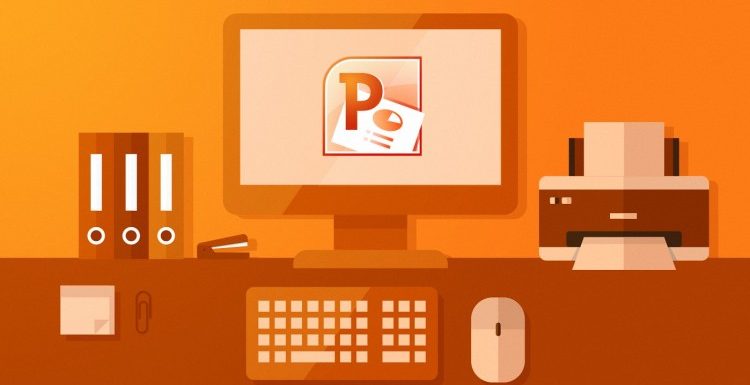You will soon be speaking at an event. To ensure a smooth and successful presentation, here is a set of best practices to follow when preparing your presentation materials. [Version en français]
🧭 1. Submission link and deadline
Depending on the event, speaker presentations are either collected by the organizing team and handed over to A VOUS LE DIRECT on the day of the event, or directly sent to A VOUS LE DIRECT via a personalized WeTransfer link provided by the organizers. In the latter case, all presentations must be submitted through the transfer link at least 48 hours before the event, whether your talk is in-person or remote. Only use the transfer link and never send presentations by e-mail.
📁 2. Format and compatibility
- Prefer PowerPoint format (.PPT or .PPTX).
- PDF format is accepted but doesn’t support animations or last-minute edits.
- Download your presentations from Google Slides or other online tools to ensure local playback without relying on internet access.
- Group all elements (text, images, videos) into a single file to avoid multiple manipulations during your talk.
- On the day of the event, always bring the final version on a USB stick, even if you’ve already sent it to the organizers or to A VOUS LE DIRECT.
🖥️ 3. Display, readability, and accessibility
- Recommended screen format: 16:9. The 4:3 format is tolerated but creates black bars on the sides, which is less visually appealing both in the venue and online.
- Respect the safe zones at the edges of your slides to avoid content being cut off on some screens.
- Use a sufficiently large font size (minimum 14pt for body text) and strong contrast (avoid light gray on white).
- Ensure your charts and tables are readable: enlarge numbers and avoid information overload.
- Keep visuals clean and slides uncluttered: 1 main idea per slide is a good rule.
- Consider distant or visually impaired audiences: avoid harsh visual effects, text embedded in images, and prepare an accessible version if needed.
🎨 4. Visual consistency and branding
- Use a consistent template (titles, colors, fonts, icon style).
- Follow your organization’s branding guidelines (logos, official colors, etc.).
- Avoid exotic or proprietary fonts: prefer system or OpenType fonts. If you use specific fonts, provide them with your presentation, or use a PDF format.
- Do not leave any watermarks, placeholder text (e.g., Lorem Ipsum), or unfinished content.
- Carefully proofread your slides: spelling, consistency, numbers, captions.
🎥 5. Media, videos, and demos
- You may include short illustrative videos (technical demos, processes, etc.) directly in your PowerPoint.
- Do not embed corporate or edited videos directly into slides. These must be sent separately to A VOUS LE DIRECT at least 72 hours before the event, in MP4 format (ideally 1920×1080, 30 or 50 FPS), with balanced audio.
- All videos must be embedded locally, not via online links (YouTube, Vimeo, etc.).
- If you plan to present a website, online service, or software, inform the organizers in advance.
🧭 6. Interactivity and coordination
- If using interactive tools like Wooclap, Klaxoon, Mentimeter, etc., inform the team in advance so technical setup can be adapted.
- For any online demo, a prior test is essential, and notification to the organizers is mandatory.
🧘 7. Real-world preparation
- Rehearse under real presentation conditions:
- Without internet access,
- Without presenter mode,
- Using a large screen or projector.
- Print your notes separately: presenter mode may not be available.
- A remote control for slide navigation will usually be provided. A virtual pointer will typically be visible both in the room and online.
⏱️ 8. Time management
- Stick strictly to your allotted time. Plan your presentation to last about 80% of the time to allow for transitions or interaction.
- Too many slides harm clarity. Think efficiency and impact.
- Rehearse with a timer: it helps adjust your pacing and refine your message.
📚 9. Intro and closing slides
- Start with a clear intro slide including:
- Full name
- Position / Organization
- Title of your presentation
- End with a closing slide including your contact details (email, website, LinkedIn), if you wish to be contacted.
⚠️ 10. Legal and ethical considerations
- Make sure you have the rights to use all content (images, videos, logos, excerpts, etc.).
- Anonymize sensitive or confidential data.
- Do not present any information you would not want shared publicly.
📞 Questions or need assistance?
We’re here to support you before, during, and after your talk. Feel free to reach out to the support address provided by the organizing team for any technical, editorial, or logistical questions.

